If you’re travelling to Cambodia, we’ve picked our top “practical tips Cambodia” to help you get the most out of your visit. These tips are relevant throughout Cambodia, although some references are based on a recent trip to Phnom Penh.
1. Do you need a Visa?
If you’re travelling as a citizen from another ASEAN country, you enjoy visa free status. For other passports, you may apply for a Visa before you leave for Cambodia or obtain it when you arrive. Check your status to identify the best way to do this. On a recent visit, this writer, who needs a visa for entry, decided against getting one first and apply on arrival.
When you reach the entrance to the Immigration area, you will probably be approached by one of the ‘runners’ who can assist with the process, for a fee of course. I overheard one gentleman accepting the additional charge of USD10, plus USD 2 for a photo. The process is actually easy and quick. If you don’t have a photo, you pay the extra USD 2, but apart from this, it’s just the appropriate visa fee and as it was a quiet period, the wait was only around 10-15 minutes.
Other Immigration information:
- Exit tax is now included in your plane fare, so you no longer have to keep cash to pay this on departure. The Immigration counters have notices stating this and also add that the officers do not accept any payments. You will also be fingerprinted, all ten fingers.
- The Phnom Penh Airport is new, having only been opened in early 2016. As such, the layout is similar to most international airports worldwide, signage is clear and there are plenty of clean, western style toilets, including a washroom close to the Visa on Arrival counter.
2. Currency information
Cambodia uses a dual currency system, common in a number of countries in the region. You can ask the price in either USD or Cambodia Rial and pay in either. Your change will most likely be in Cambodian Rial.
Bargaining is normal in small shops and markets:
- The most important thing to remember that both buyer and seller must be comfortable with the price, learn to read the faces of the sellers and be pleasant, you’ll get a far better price with a smile.
- Another important thing to remember – if you agree on the price, i.e. the seller accepts your offer, that will be what you pay. Never try to get it reduced more, this is extremely rude anywhere bargaining is the norm.
3. Staying in touch
- As you exit the Arrival Hall at Phnom Penh Airport, you will see a row of stalls selling phone cards (local SIM). The prices for the phone SIM are all clearly displayed and start from USD2 for a card that will last 7 days, for calls and data.
- There are a number of companies offering pre-paid SIM cards, we had a look at the reviews before we arrived and chose to go for Cellcard, which promised the widest and most reliable access. Despite travelling to Bokor (near Kampot) and Oudong Mountain, both well out of the city, we did not lose coverage.
- When looking for a hotel, we found that most offered free, in-room wifi and some had desktop access. The hotel we chose offered wifi and there were computers in the lobby for guest use.
4. Getting about
- Getting about can be a challenge if you love to walk. Footpaths are fine around the main ‘protocol’ areas, where tourists (both local and foreign) and visitors tend to congregate. Outside this area, which is along the waterfront (Preah Sisowath Quay) and around the Palace, Museum and back about two blocks, you will need to be careful of your step. Construction debris and damage, parked vehicles and shop displays are some of the things that you will need to avoid.
- There is no regular city bus network in Phnom Penh so you will need to travel by tuk-tuk or taxi. You can get a good idea of the cost per trip/per day from your accommodation provider and use that as a basis for your negotiation with the driver. Quite a number do speak some level of English or other languages, and the vehicles are registered. Make sure you can see the displayed sign, with the name and photograph of the driver.
- If you find someone you’re happy with, it’s a good idea to use them for the duration of your stay. Not only will you hear some interesting stories, they can take you to the good food as well, especially the not so expensive places. We used our rider for the duration of our stay, inviting him to join us for meals, which is handy if you’d like to enjoy local dishes but don’t know what to order. His name and contact are in the photo at the top.
- One of the best thing about tuk-tuk travel is that the drivers will take lots of back roads and you’ll see a lot of aspects of daily life you’ll miss if you’re in a closed off taxi.
- It would be wise to avoid motor cycle transport, which doesn’t have a good safety record. We also noted a number of tuk-tuk riders who did not have registration information displayed, although this could just be that they can’t service the airport.
Long Distance travel
- Although there’s no bus network within Phnom Penh, there are long distance buses, taxis and some limited train services available for journeys outside the city.
- You can catch a train (one a day each way, currently only on Friday, and weekends) to Sihanoukville, via Kampot. Check the Royal Railway website as this seems to give more up to date information. The Railway Station is on Street 93, not far from Wat Phnom. There’s also a train to Battambang, from where you can catch a bus to Siem Reap. We didn’t try either, as train transport in Cambodia was severely affected by the war and the Sihanoukville service has only recently joined the Battambang service in the line-up. However, with more time, either trip looks like a viable option for travellers with more time to spare.
- You can now catch a train between the airport and Phnom Penh Main Railway Station. The fare is US$2.50 each way.
- Long Distance taxis (mostly using Toyota cars, which seem to be in good condition) and buses are available from designated stations, the main ones for each are located on the western side of the beautiful art deco ‘new’ Central Market. The Bus Station is on Charles De Gaulle Blvd and the taxis are found at the Market end of Street 120.
5. Other useful things to know
Public toilets:
- The ones we used were generally quite clean, with running water and paper. Outside the airport / tourist areas these are generally the raised squat type.
- Some public toilets may be free, but some are pay to use (the Russian Market toilets charge per entry)
Finding your way:
- Streets in Phnom Penh have numbers though some of the important ones, like the waterfront (Preah Sisowath Quay) do have names. Some have both a name and number.
- Mostly the street numbers follow on in series and you can find your way once you get the series right. However, this is not always the case, so check your map (or save it on your phone) before you set out.
images©LL
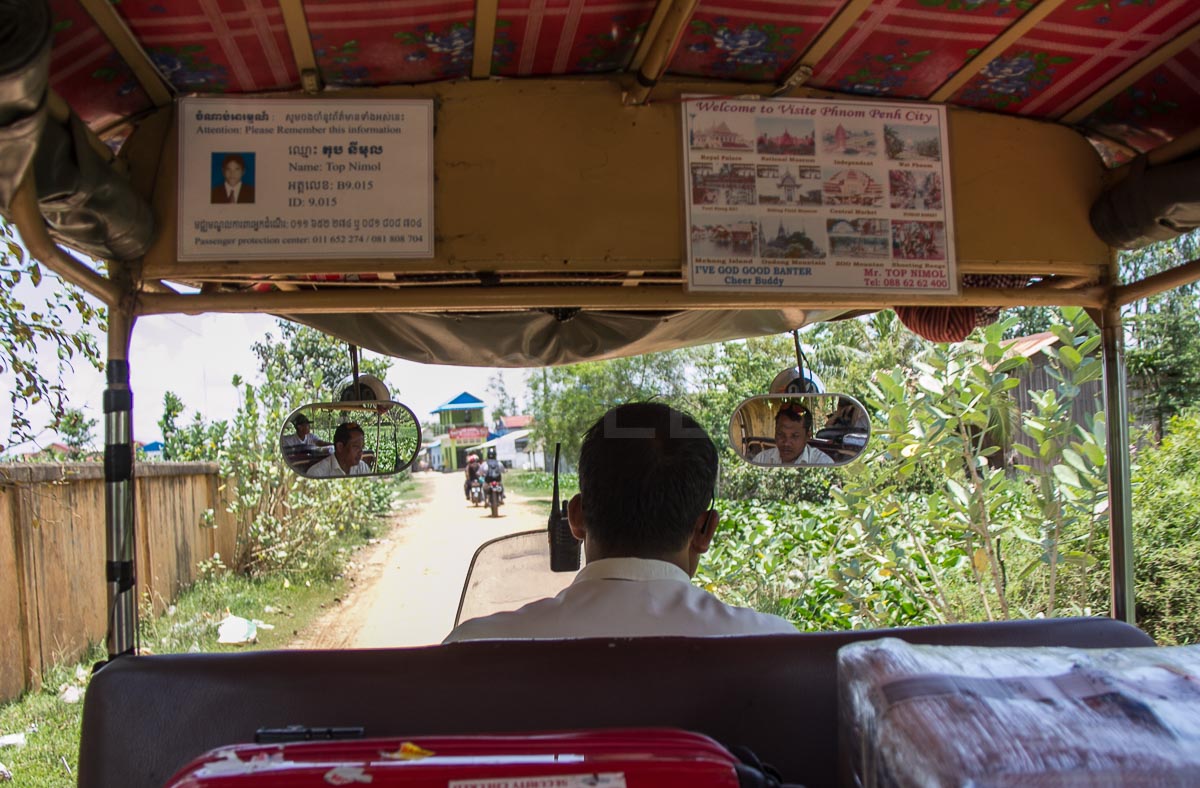
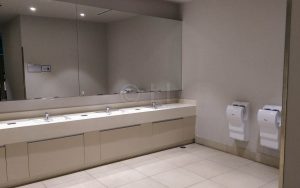
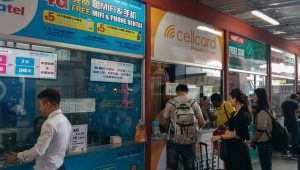


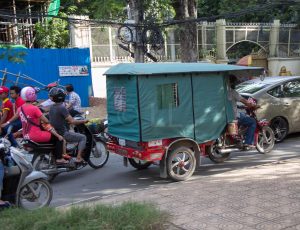
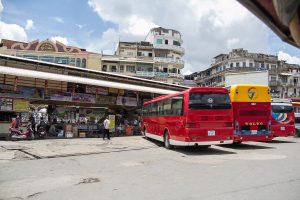







This Post Has 0 Comments